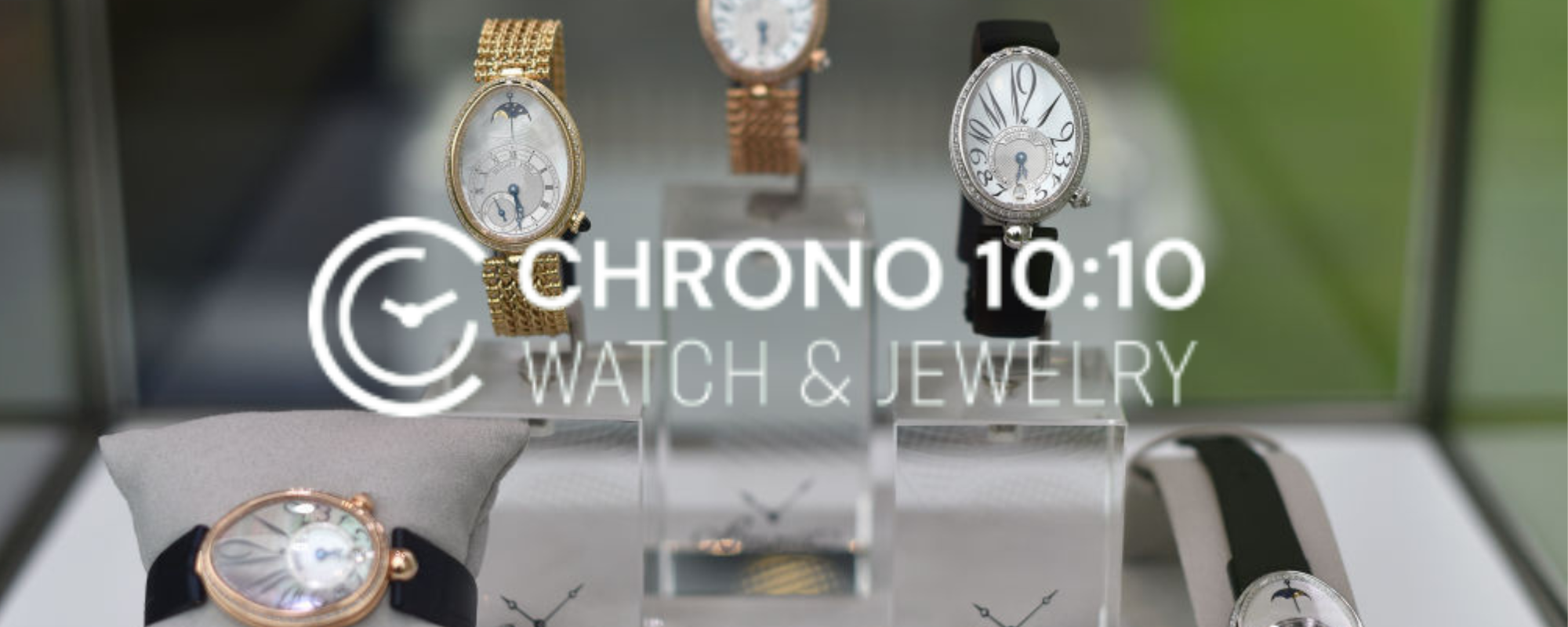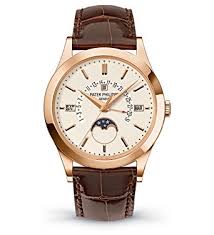In the watch industry, the term “grey market” pops up often, though it’s not always understood. Technically, it’s a legal market that operates outside official brand-approved distribution channels. It allows buyers to get luxury timepieces — like Swiss watches — at significantly reduced prices. But it also brings risks, so understanding how it works can save you money and disappointment.
📌 What Is the Grey Market?
There are a few key sources for watches on the grey market:
🔹 Authorized dealers, offloading excess inventory (especially slow sellers) via third parties;
🔹 Parallel imports, where currency differences and local taxes make prices lower in some countries, and watches are resold elsewhere;
🔹 Private collectors, who trade or resell discontinued or limited edition models.
💬 Why do people buy from grey dealers?
The watch is unavailable through official dealers;
The price is more attractive.
However, it doesn’t always work this way — especially for Rolex, where prices on the grey market are often higher.
⚠️ The Dangers of the Grey Market
❗ No manufacturer warranty;
❗ No access to official service centers;
❗ Potential for counterfeits or questionable origin.
🔧 Warranty Options
✅ Manufacturer warranty applies only to purchases from authorized dealers.
❗ Third-party warranties offer limited coverage and no brand obligations.
💎 Buying from an official boutique ensures authenticity, documentation, and reliable service.
📈 How the Grey Market Affects the Industry
It’s not all bad — it can help with:
➕ Balancing supply and demand when production is limited;
➕ Providing insight into consumer trends and pricing.
Still, major brands like Rolex, Patek Philippe, and Audemars Piguet are working hard to fight it:
🚫 Creating blacklists for customers who resell watches quickly;
📊 Tracking the resale paths of their models.
✅ Our advice? Stick with trusted sources like Chrono 10:10 and enjoy your watch worry-free.



